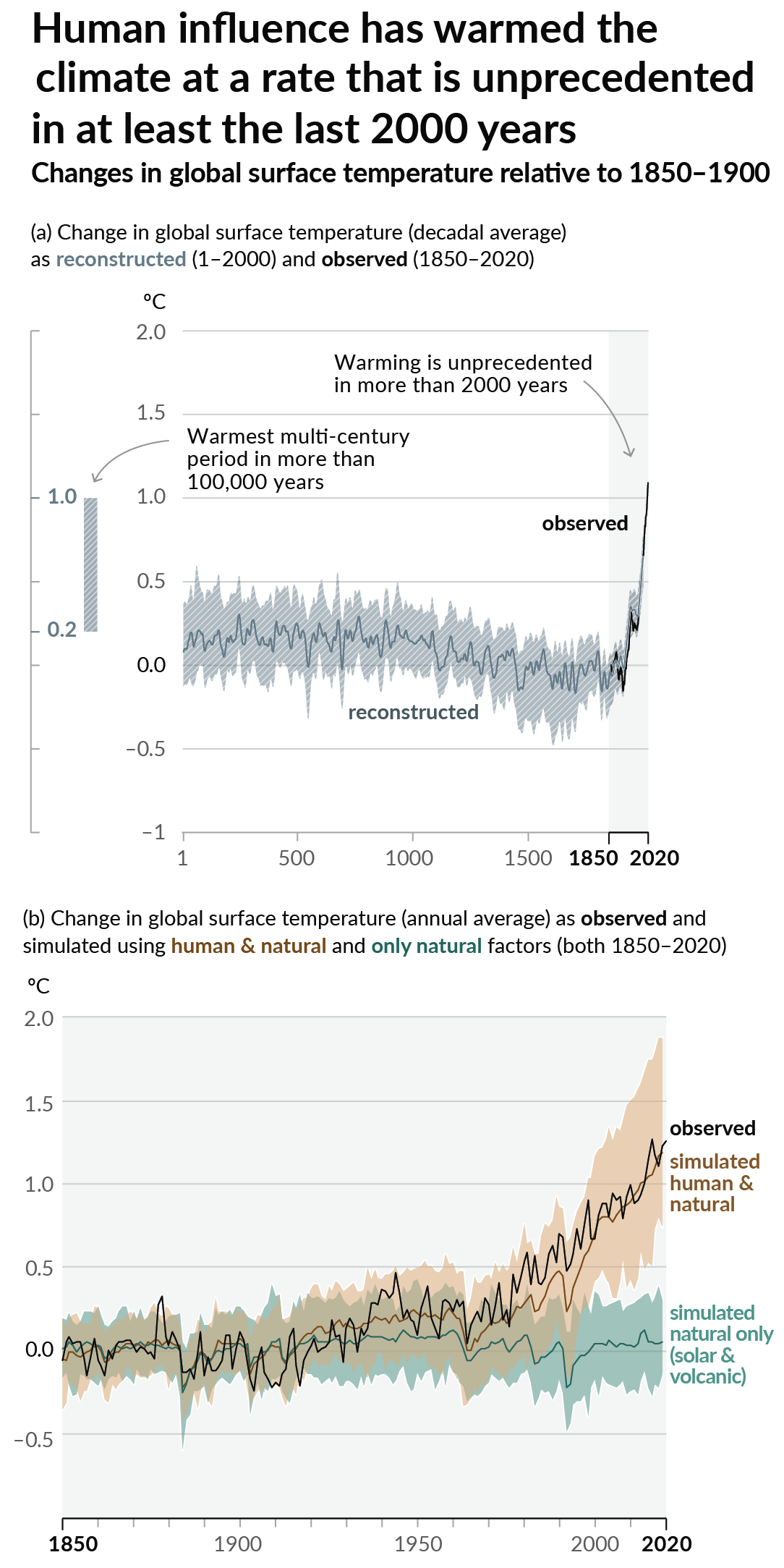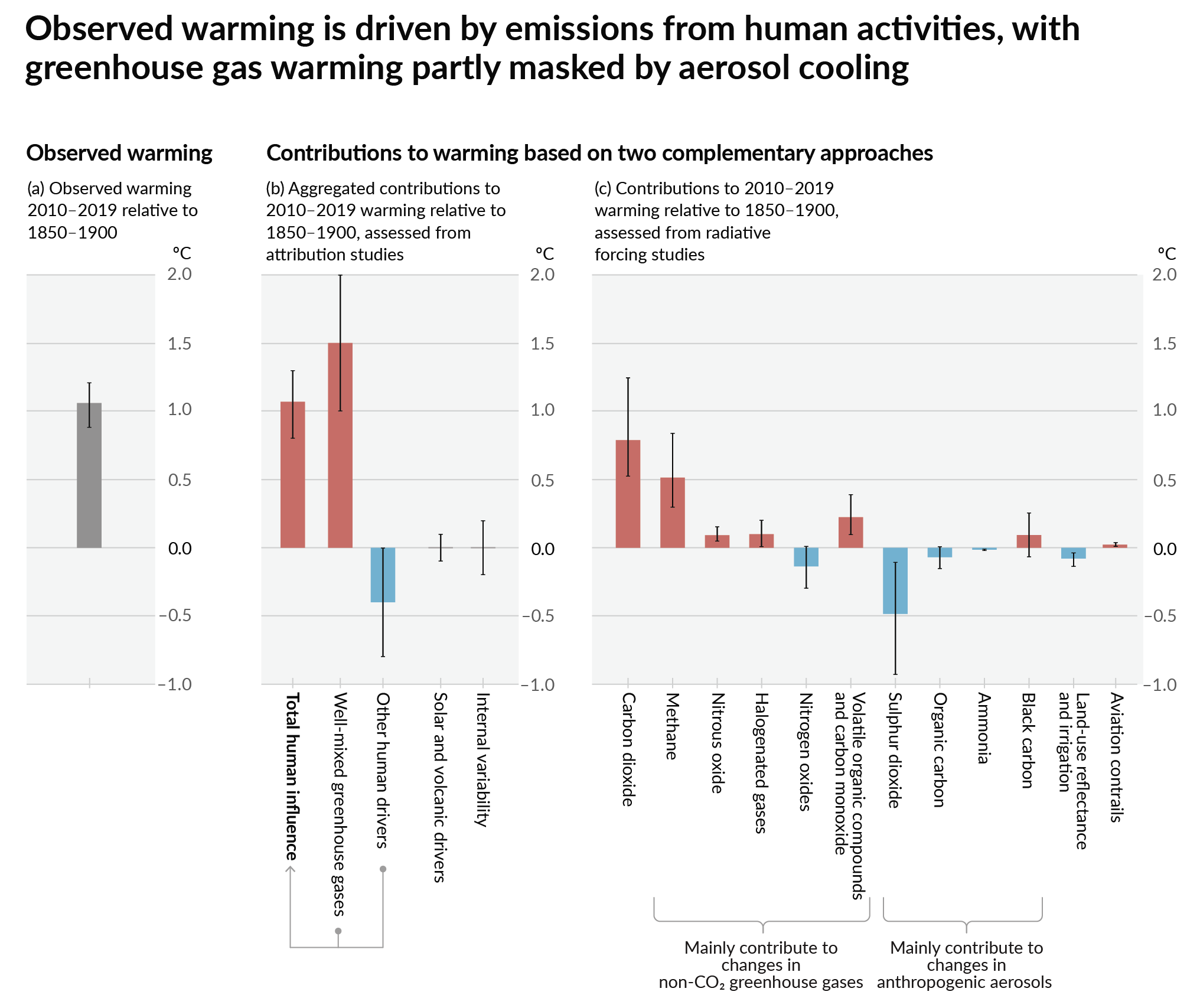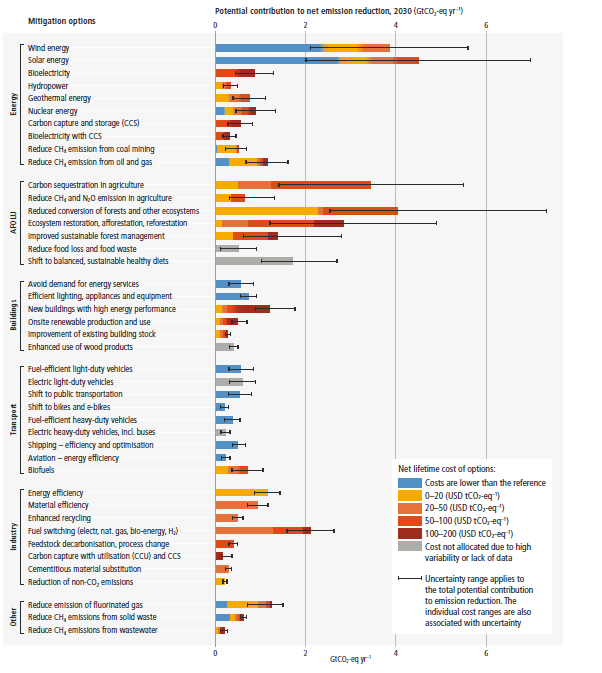Climate - truthful information about climate, related activism and politics.
7173 readers
586 users here now
Discussion of climate, how it is changing, activism around that, the politics, and the energy systems change we need in order to stabilize things.
As a starting point, the burning of fossil fuels, and to a lesser extent deforestation and release of methane are responsible for the warming in recent decades:

How much each change to the atmosphere has warmed the world:

Recommended actions to cut greenhouse gas emissions in the near future:

Anti-science, inactivism, and unsupported conspiracy theories are not ok here.
founded 2 years ago
MODERATORS
351
29
How a California cloud-seeding company became the center of a Texas flood conspiracy
(www.latimes.com)
352
353
112
My climate guilt is real – but the actual villains keep getting away with it
(yaleclimateconnections.org)
354
355
356
29
Oregon state lawmakers bailed on a constitutional climate amendment. Advocates will take it to voters
(oregoncapitalchronicle.com)
357
358
359
360
361
362
363
364
365
366
367
368
369
370
371
372
373
374
375